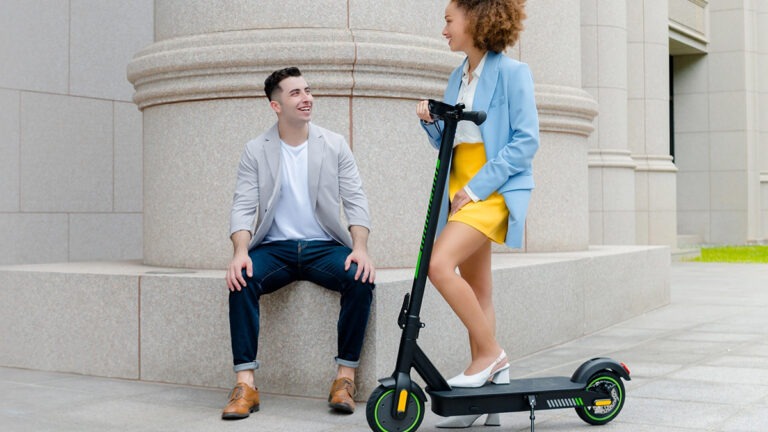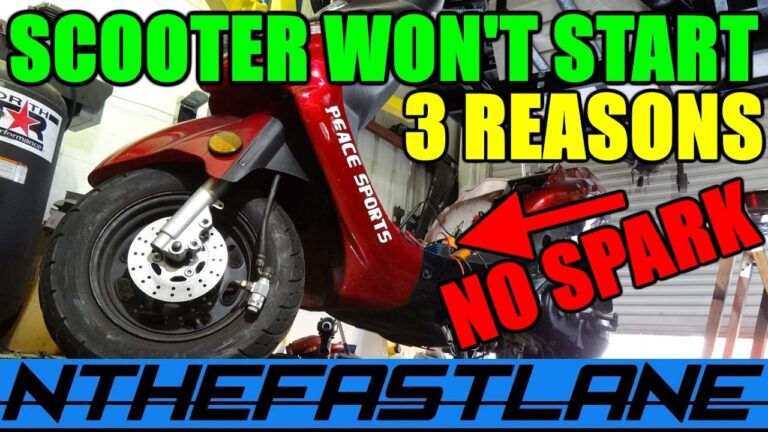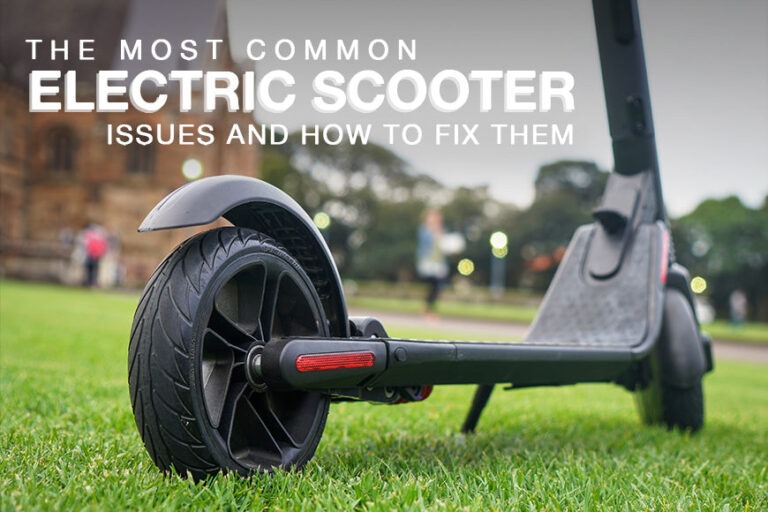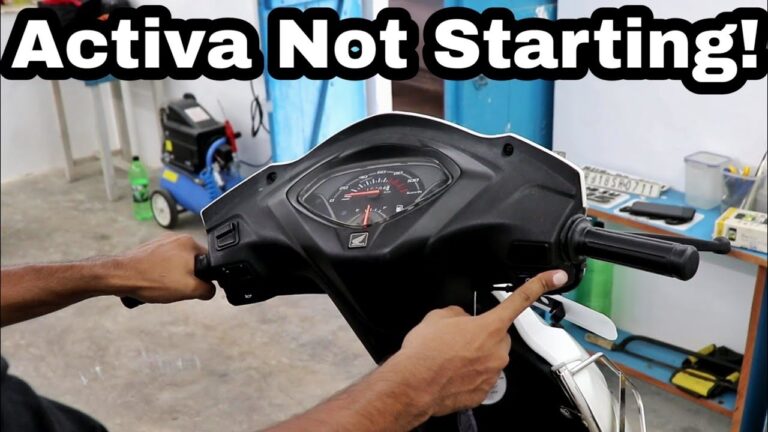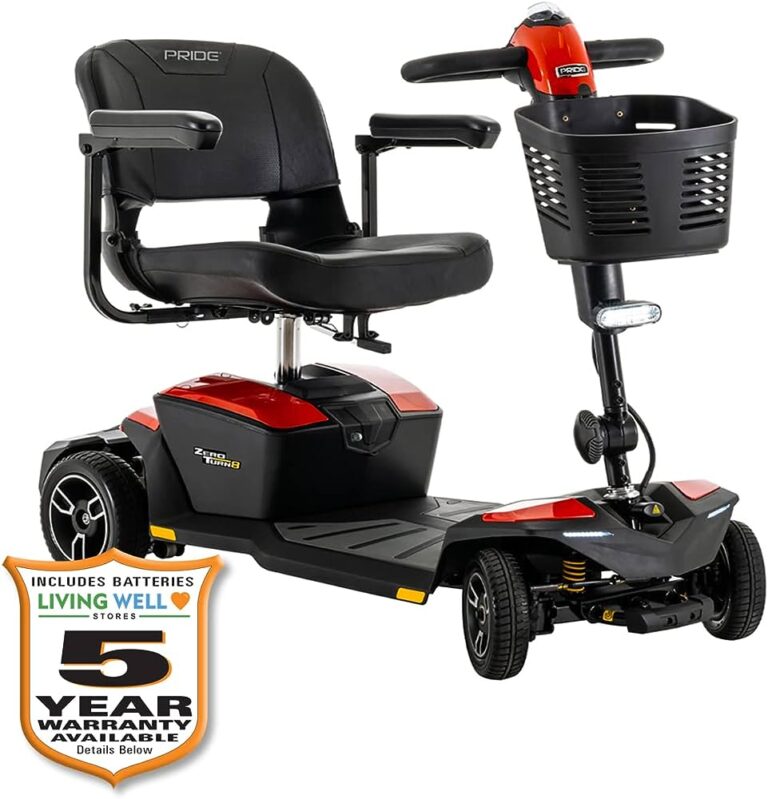Scooter Not Getting Gas to Carb : Troubleshooting Tips to Revitalize Your Ride
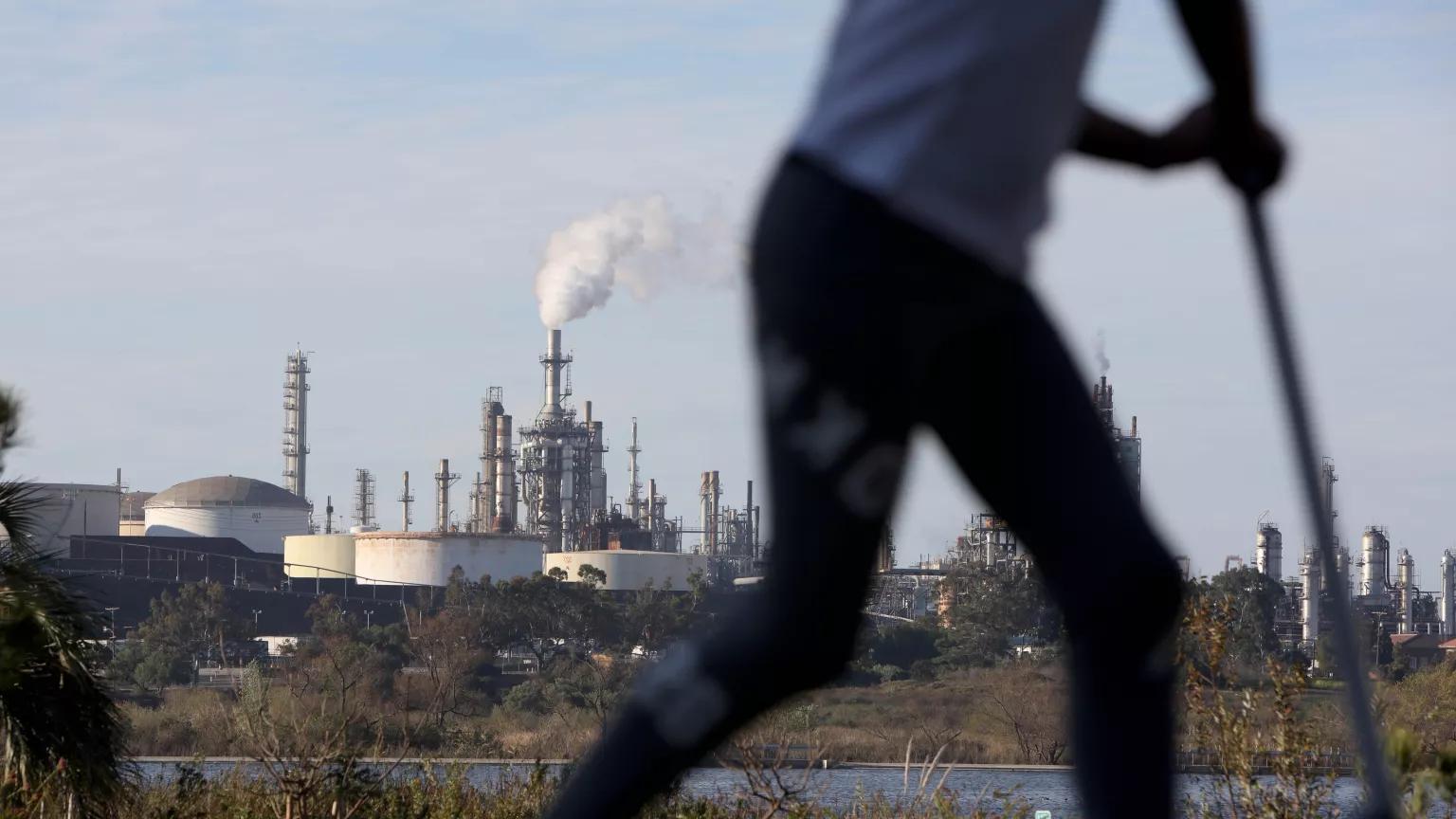
If your scooter is not getting gas to the carb, it could be due to a clogged fuel filter or a faulty carburetor. We will explore some common reasons why your scooter might not be receiving the necessary fuel and potential solutions to get it running smoothly again.
When a scooter fails to receive gas, it can cause various issues like sputtering, stalling, or difficulty starting. One of the common culprits is a clogged fuel filter, which can restrict the flow of fuel to the carburetor. Another possibility is a faulty carburetor, which may need to be cleaned or replaced.
To diagnose the exact problem, it is important to check both the fuel filter and carburetor for any signs of blockage or damage. If you are not comfortable doing this yourself, it is recommended to take your scooter to a professional mechanic who can properly diagnose and resolve the issue. In addition to these causes, other potential reasons could include a faulty fuel pump, a blocked carburetor jet, or an issue with the fuel line or tank. By inspecting these components and addressing any problems, you can increase the chances of getting your scooter running smoothly again.
Inspecting The Fuel System
Having trouble with your scooter not getting gas to the carb? Inspecting the fuel system can help identify the issue and ensure a smooth-running ride. Check for clogged fuel lines, a faulty fuel pump, or a dirty carburetor that may be causing the problem.
Scooter Not Getting Gas To Carb:
Is your scooter not getting gas to the carburetor? This can be a frustrating problem that prevents your scooter from running smoothly or even starting. One of the most likely culprits for this issue is a problem within the fuel system.
In this section, we will guide you through the process of inspecting the fuel tank, examining the fuel lines, and inspecting the fuel filter to help you troubleshoot and resolve the issue.
Checking The Fuel Tank:
Inspecting the fuel tank is the first step in diagnosing the issue of gas not reaching the carburetor. Here are some things to consider:
- Fuel level: Ensure that your scooter has an adequate amount of fuel in the tank. Low fuel levels can interrupt the fuel supply to the carburetor.
- Fuel quality: Check the fuel for any signs of contamination, such as dirt or debris. Contaminated fuel can clog the fuel system and prevent gas from reaching the carburetor.
- Fuel tank cap: Make sure that the fuel tank cap is properly closed and sealed. A loose or damaged cap can cause fuel evaporation or air leaks, hindering the fuel flow.
Examining The Fuel Lines:
Faulty or clogged fuel lines can impede the flow of gas to the carburetor. Here are some important considerations to examine the fuel lines:
- Visible damage: Inspect the fuel lines for any visible signs of damage, such as cracks, leaks, or wear. Damaged fuel lines can lead to fuel loss and disrupt the fuel supply to the carburetor.
- Clogs and blockages: Check for any obstructions or blockages within the fuel lines. Accumulated debris or dirt can obstruct the flow of fuel and prevent it from reaching the carburetor.
- Proper connections: Ensure that the fuel lines are securely connected to both the fuel tank and the carburetor. Loose connections can result in fuel leaks and hinder the fuel delivery.
Inspecting The Fuel Filter:
A clogged or dirty fuel filter can cause gas flow issues and prevent fuel from reaching the carburetor. Here’s what you should do:
- Location: Locate the fuel filter within your scooter’s fuel system. Typically, it is situated between the fuel tank and the carburetor.
- Visual inspection: Examine the fuel filter for any signs of clogging or dirt accumulation. A clogged fuel filter restricts the flow of gas, leading to fuel delivery problems.
- Replacement: If the fuel filter appears dirty or clogged, consider replacing it with a new one. A new filter ensures efficient fuel flow and helps prevent future issues with gas not reaching the carburetor.
By following these steps to inspect the fuel tank, examine the fuel lines, and inspect the fuel filter, you can troubleshoot the issue of your scooter not getting gas to the carburetor. Remember to address any problems that you discover, such as fuel contamination, damaged fuel lines, or a clogged fuel filter.
Proper maintenance and care of the fuel system will help keep your scooter running smoothly and ensure a reliable fuel supply to the carburetor.
Diagnosing The Carburetor
Having trouble with your scooter not getting gas to the carburetor? Learn how to diagnose the issue and fix it quickly, ensuring your scooter runs smoothly and efficiently. Instant solution for your scooter’s fuel flow problem.
Understanding The Function Of The Carburetor
The carburetor is a vital component of a scooter’s fuel system. It mixes fuel and air in the correct proportions before supplying it to the engine. Understanding how the carburetor works is crucial in diagnosing and resolving any issues related to fuel delivery.
Here are some key points to consider:
- Fuel and air mixing: The carburetor’s primary function is to mix the right amount of fuel and air for combustion in the engine. It achieves this by utilizing the venturi effect, creating a pressure drop that draws fuel into the airstream.
- Throttle control: The carburetor regulates the amount of fuel and air mixture delivered to the engine based on the position of the throttle. As the throttle is opened or closed, the carburetor adjusts the fuel flow accordingly.
- Carburetor components: A typical carburetor consists of a float chamber, jets, and venturis. The float chamber stores fuel, while the jets control the amount of fuel entering the venturi. Venturis help accelerate the air to create a vacuum effect.
Identifying Common Carburetor Issues
When a scooter is not getting gas to the carburetor, it indicates there may be a problem with this critical component. Here are some common issues that could affect the carburetor’s proper functioning:
- Clogged fuel jets: Over time, fuel jets can get clogged with dirt, debris, or deposits from old fuel. This restricts the fuel flow and affects the scooter’s performance.
- Float chamber problems: If the float chamber is not filling up with fuel properly or the float is stuck, it can result in insufficient fuel supply to the carburetor.
- Vacuum leaks: Leaks in the carburetor gaskets or seals can cause a disruption in the vacuum necessary for proper fuel flow, leading to a lack of gas to the carburetor.
- Incorrect adjustments: Carburetors have various adjustments, such as idle speed and fuel-air mixture. Incorrect adjustments can cause the scooter to run lean or rich, affecting its overall performance.
Cleaning And Adjusting The Carburetor
To solve the issue of a scooter not getting gas to the carburetor, it is essential to clean and adjust the carburetor properly. Here are the steps to take:
- Begin by cleaning the carburetor thoroughly to remove any accumulated deposits, dirt, or blockages.
- Inspect the fuel jets, ensuring they are not clogged. If necessary, clean or replace them.
- Check the float and float chamber for proper functioning. Ensure that the float is not stuck and that the float chamber is filling up with fuel as it should.
- Inspect the carburetor gaskets and seals for any signs of wear or damage. Replace them if necessary to eliminate vacuum leaks.
- Adjust the carburetor settings according to the manufacturer’s specifications. This includes adjusting the idle speed, idle mixture, and throttle linkage if needed.
By following these steps, the carburetor should be clean, well-adjusted, and able to deliver the necessary fuel to the scooter’s engine effectively. Remember to refer to the scooter’s specific manual for detailed instructions and specifications.
Now that we have understood the function of the carburetor and identified common issues, let’s dive into the process of diagnosing and troubleshooting the carburetor further in the next section.
Addressing Potential Ignition Problems
Having trouble with your scooter not receiving fuel to the carburetor? Addressing potential ignition problems can be the key to solving this issue. Find out how to diagnose and fix the problem to get your scooter running smoothly again.
If your scooter is not getting gas to the carburetor, it could be due to ignition problems. Ignition problems can prevent the spark plug from firing, leading to fuel delivery issues. To troubleshoot and address potential ignition problems, follow these steps:
Checking The Spark Plug:
- Remove the spark plug wire from the spark plug.
- Inspect the spark plug for signs of wear or damage.
- Clean the spark plug using a wire brush.
- Check the spark plug gap using a spark plug gap tool. The correct gap should be specified in your scooter’s manual.
- Adjust the spark plug gap if necessary.
- Reinstall the spark plug and reconnect the spark plug wire.
Testing The Ignition Coil:
- Locate the ignition coil, which is typically attached to the engine.
- Disconnect the wire that connects the ignition coil to the spark plug.
- Use a multimeter to test the ignition coil’s primary and secondary resistance.
- Primary resistance should typically be around 0.3 to 1.0 ohms.
- Secondary resistance should typically be between 3,000 and 10,000 ohms.
- If the readings are outside the specified ranges, replace the ignition coil.
Inspecting The Cdi Unit:
- Locate the CDI (Capacitor Discharge Ignition) unit, which is usually mounted near the ignition coil.
- Check the wiring connections to the CDI unit for any loose or damaged wires.
- Inspect the CDI unit for signs of physical damage or corrosion.
- If any wiring is loose or damaged, repair or replace it.
- If the CDI unit appears to be damaged or faulty, it may need to be replaced.
By following these steps and addressing potential ignition problems, you can help ensure that your scooter receives the proper spark and fuel delivery to the carburetor.
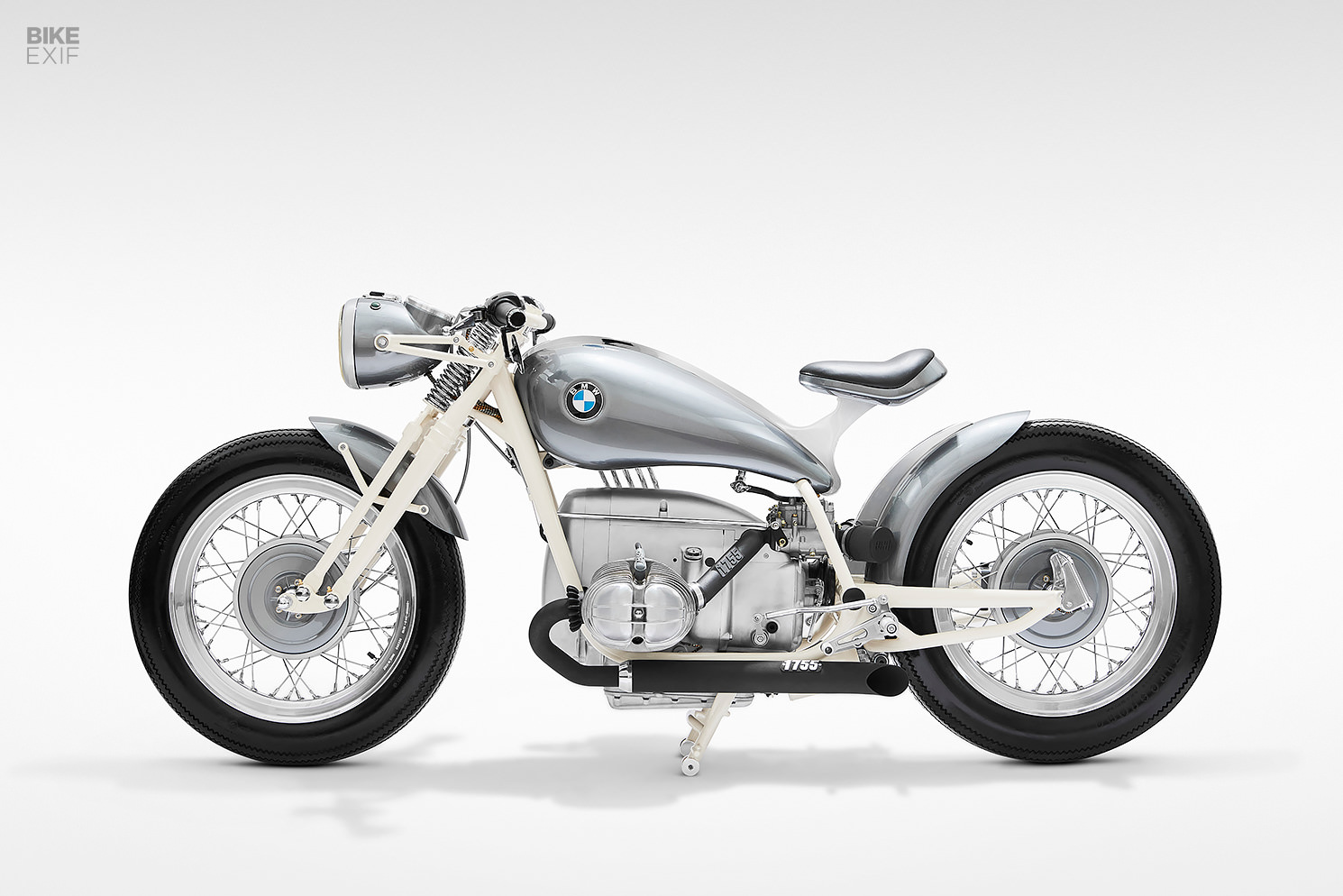
Credit: www.bikeexif.com
Reassembling The Scooter Components
Reassembling the scooter components is essential to resolve the issue of the scooter not getting gas to the carb. By carefully following the steps, you can ensure proper fuel flow and get your scooter back on the road.
Now that you have diagnosed the issue with your scooter and resolved the problem, it’s time to reassemble the components to ensure proper functioning. Follow the steps below to efficiently attach the fuel tank, reconnect the fuel lines, and install the carburetor.
Attaching The Fuel Tank:
To reattach the fuel tank, follow these simple steps:
- Place the fuel tank in its designated position on the scooter frame.
- Secure the tank by tightening the mounting brackets or bolts, ensuring a snug fit.
- Double-check all connections to guarantee a proper seal and prevent any fuel leaks.
- Take extra care when attaching the fuel tank to prevent any damage to the surrounding components.
Reconnecting The Fuel Lines:
Next, focus on reconnecting the fuel lines to ensure the proper flow of gas to the carburetor. Here’s how you can do it:
- Locate the fuel line that connects the fuel tank to the carburetor.
- Align the ends of the fuel line with the corresponding ports on the tank and carburetor.
- Gently push the fuel lines onto the ports until you hear a clicking or snapping sound, ensuring a secure connection.
- Tug lightly on the fuel lines to confirm that they are properly attached and won’t come loose during operation.
- Inspect the fuel lines for any wear or damage and replace them if necessary.
Installing The Carburetor:
The final step in reassembling the scooter components involves installing the carburetor back into its position. Here’s how you can accomplish this task:
- Align the carburetor with the designated mounting holes on the engine or intake manifold.
- Carefully slide the carburetor into place, ensuring that it is properly seated.
- Secure the carburetor by tightening the mounting bolts or screws, ensuring a firm grip.
- Check all the connections on the carburetor to verify that they are tight and leak-free.
- Take a moment to inspect the carburetor’s gaskets and seals for any signs of wear or damage. Replace them if necessary.
By following these steps to reassemble the scooter components, you’ll be one step closer to getting your scooter back on the road. Remember to refer to the manufacturer’s guidelines or consult a professional if you encounter any difficulties during this process.
Keep in mind that safety should always be the top priority while working on your scooter.
Starting The Scooter And Monitoring Performance
Having trouble with your scooter not getting gas to the carb? Don’t worry! This article will guide you through starting the scooter and monitoring its performance, so you can get back on the road in no time. Trust us for the best tips and solutions.
Observing The Fuel Flow To The Carburetor:
- Check the fuel line from the gas tank to the carburetor for any kinks or clogs.
- Ensure that the fuel valve is in the open position, allowing gasoline to flow into the carburetor.
- Inspect the fuel filter for any debris or blockages that may hinder the fuel flow.
- Look for any signs of leakage along the fuel line or around the carburetor connections.
- Consider removing the fuel line and carburetor to thoroughly clean and inspect them for any obstructions.
Listening For Proper Engine Sound And Idle:
- Start the scooter and pay attention to the engine sound. Is it running smoothly or making any unusual noises?
- Observe the scooter’s idle speed. Is it too high or too low? Adjust the idle speed screw accordingly for optimal performance.
- Listen for any sputtering or misfiring sounds that could indicate a fuel flow issue.
- When the scooter is idling, it should maintain a steady and consistent sound without any fluctuations.
Monitoring Fuel Efficiency And Acceleration:
- Keep track of how many miles per gallon your scooter is getting. A decrease in fuel efficiency could indicate a problem with the fuel flow to the carburetor.
- Pay attention to the scooter’s acceleration. Is it sluggish or lacking power? This could be a sign that the carburetor isn’t receiving enough fuel.
- Monitor whether the scooter stalls or struggles to maintain speed during acceleration. These issues may be attributed to a carburetor not receiving an adequate fuel supply.
Remember, proper observation, listening, and monitoring are crucial to identifying fuel flow problems in your scooter’s carburetor. By being attentive to these areas, you can catch any issues early on and ensure optimal performance.
Frequently Asked Questions Of Scooter Not Getting Gas To Carb
How Do I Know If My Carburetor Is Not Getting Fuel?
If your carburetor is not getting fuel, it may not start or may stall frequently. Check for fuel flow issues or clogs in the carburetor.
How Do I Know If My Scooter Fuel Pump Is Bad?
To determine if your scooter fuel pump is bad, 1. Check for a lack of fuel flow or inconsistent fuel delivery. 2. Monitor any unusual engine behavior, such as stalling or difficulty starting. 3. Observe if the scooter loses power or experiences frequent engine misfires.
4. Consider consulting a professional mechanic for a thorough inspection and diagnosis.
When I Give My Scooter Gas It Dies?
If your scooter dies when you give it gas, there may be a problem with the fuel system or carburetor.
How Does A Scooter Fuel System Work?
The scooter fuel system works by delivering gasoline from the tank to the engine.
Conclusion
If your scooter is not getting gas to the carb, it is essential to address this issue promptly to ensure optimal performance and longevity of your vehicle. By understanding the potential causes, you can take the necessary steps to rectify the problem and get your scooter back on the road.
Start by inspecting the fuel lines for any blockages or leaks, as this is a common culprit for fuel flow issues. Next, check the fuel filter and clean or replace it if necessary. Additionally, ensure that the fuel tank is properly vented and not causing a vacuum that restricts the flow of gas.
Finally, if these steps do not resolve the issue, it may be best to consult a professional mechanic who specializes in scooter repairs. By addressing the gas flow problem in a timely manner, you can enjoy smooth rides and peace of mind knowing your scooter is in excellent working condition.

